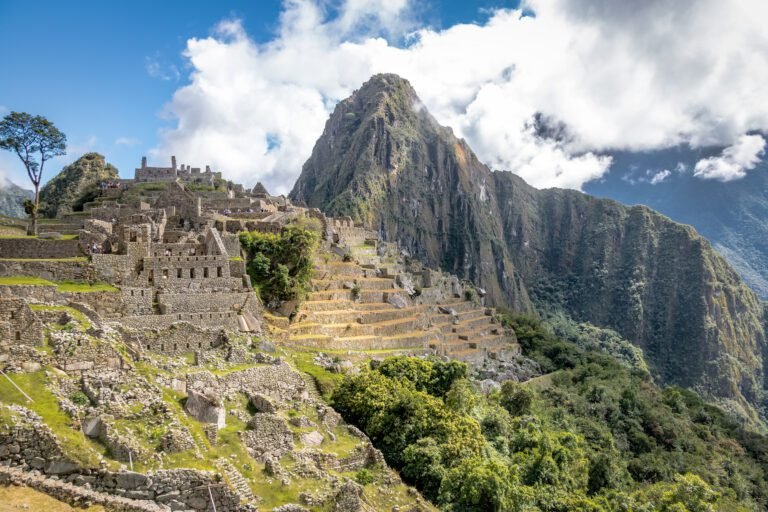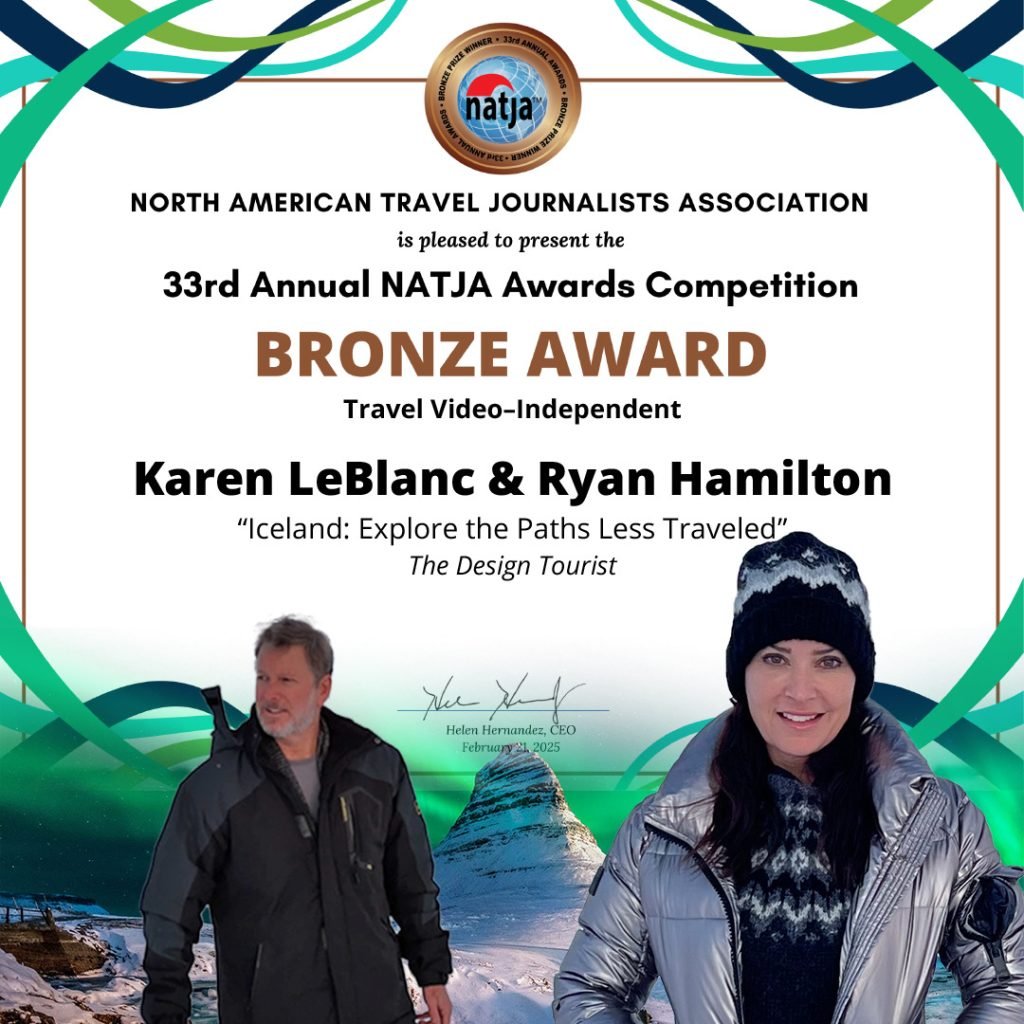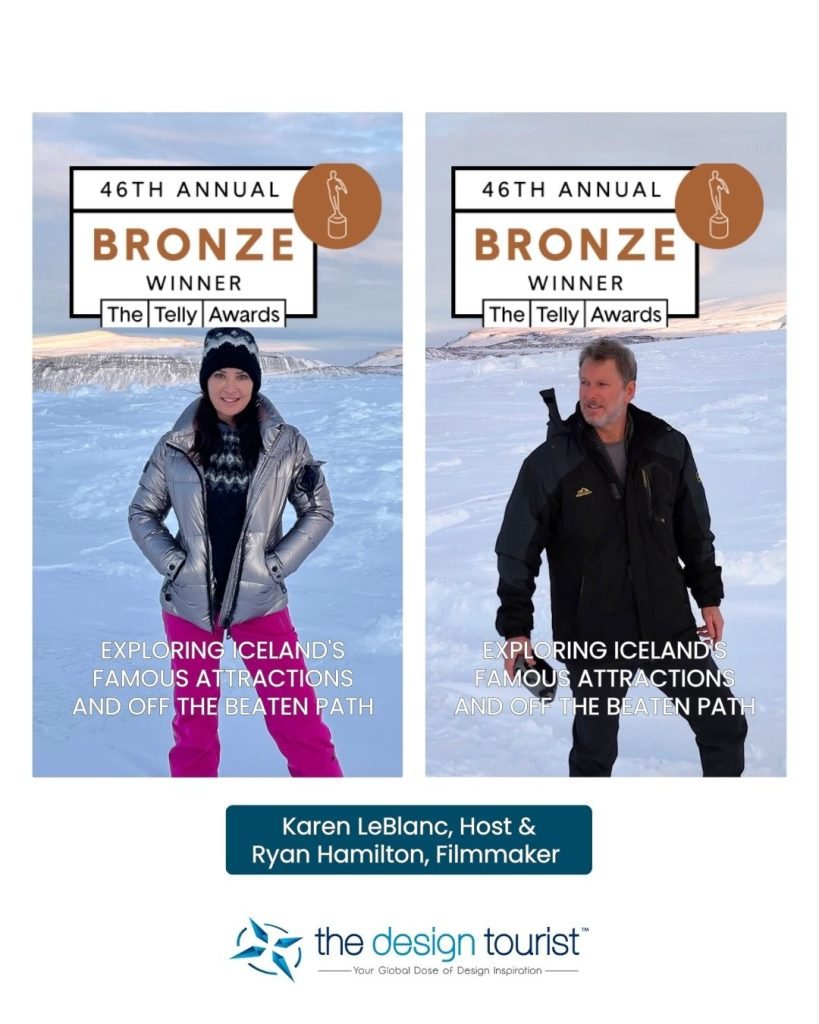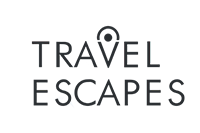Peru hits different than other South American countries. There’s something about the way ancient history collides with modern life here that makes every day feel like you’re discovering something completely new.
The country stretches from the Amazon rainforest to the Pacific coast, with the Andes mountains running right through the middle.
That means you could literally go from exploring ancient ruins at high altitude to swimming in the ocean to spotting jaguars in the jungle, all in the same trip.
Planning Your Trip to Peru
Timing matters more in Peru than in a lot of places because the weather can be so different depending on where you’re going. The dry season runs from May to September, which is when most people visit. But honestly, that’s also when everything costs more and the popular spots get crowded.
If you’re thinking about going during shoulder season (April or October), you might get some rain but you’ll also get better prices and fewer tourists.
You’ll need a passport that’s good for at least six months from when you arrive. US citizens don’t need a visa for stays under 90 days, which is nice and simple.
Budget-wise, Peru can be as cheap or expensive as you want it to be.
Backpackers can get by on $30-40 a day if they’re staying in hostels and eating at local places. Mid-range travelers usually spend around $70-100 daily. Luxury experiences run $150+ per day.
Getting Around the Country
Peru’s pretty big and the geography makes getting around more complicated than you might expect. Flying between major cities saves tons of time but costs more. The main airports are in Lima, Cusco, and Arequipa.
Buses are how most people travel here and they’re actually quite good on the main routes. Companies like Cruz del Sur have comfortable overnight buses.
The Lima to Cusco route takes about 20 hours by bus versus 1.5 hours by plane, so you do the math on what your time is worth.
For shorter distances, collectivos (shared taxis) work well and leave when they’re full rather than on a schedule.
Must-Visit Places and Hidden Gems
Obviously Machu Picchu is going to be on your list. The classic approach is flying into Cusco, spending a few days adjusting to the altitude, then taking the train to Aguas Calientes.
But there are also incredible Machu Picchu tours that handle all the logistics and include other highlights you might miss otherwise.
Cusco itself deserves several days. The city was the capital of the Inca Empire and you can see that history layered everywhere. San Pedro Market is perfect for trying local fruits and getting cheap meals.
Lima surprises a lot of people. It’s not just a stopover city anymore – the food scene there is legitimately world-class. Neighborhoods like Miraflores and Barranco have great restaurants, street art, and ocean views.
Here are some places that don’t make it onto every itinerary but probably should:
- Huacachina Oasis: A tiny village built around a natural desert oasis
- Chachapoyas: Cloud forest region with incredible ruins and few tourists
- Arequipa: Beautiful colonial architecture and gateway to Colca Canyon
- Iquitos: Only reachable by boat or plane, perfect Amazon base
The Amazon region covers about 60% of Peru but most travelers skip it entirely. That’s a mistake because places like Manu National Park offer wildlife experiences you can’t get anywhere else.
Food and Culture You’ll Love
Peruvian food goes way beyond what most people expect. Each region has completely different specialties based on local ingredients.
On the coast, seafood dominates everything. Ceviche obviously, but also tiradito (kind of like sashimi with Peruvian flavors), causa (layered potato dishes), and anticuchos (grilled beef heart skewers that taste better than they sound).
In the mountains, you get hearty dishes designed for cold weather and high altitude. Lomo saltado is probably the most popular – beef stir-fried with onions and tomatoes, served with rice and fries. Aji de gallina is comfort food at its finest: shredded chicken in a creamy, mildly spicy sauce.
The Amazon region has completely different ingredients. Fresh river fish, exotic fruits, and dishes wrapped in banana leaves. Street food is generally safe if you use common sense – look for places busy with locals and make sure meat is cooked thoroughly.
Staying Safe and Smart
Peru is generally safe for tourists but like anywhere, you need to pay attention. Petty theft happens, especially in tourist areas. Don’t flash expensive electronics and keep copies of important documents separate from originals.
Altitude sickness is real and can hit anyone regardless of fitness level. Cusco sits at 11,200 feet, so take it easy your first few days. Drink lots of water, avoid alcohol initially, and consider coca tea which locals swear by.
The sun is intense at high altitudes. Bring good sunscreen and reapply frequently. Water quality varies but bottled water is cheap and available everywhere.
Most importantly, learn a few basic Spanish phrases even if you’re staying in tourist areas. Peruvians are incredibly friendly and patient with visitors who make an effort to communicate in Spanish, and it opens up experiences you’d miss otherwise.


































